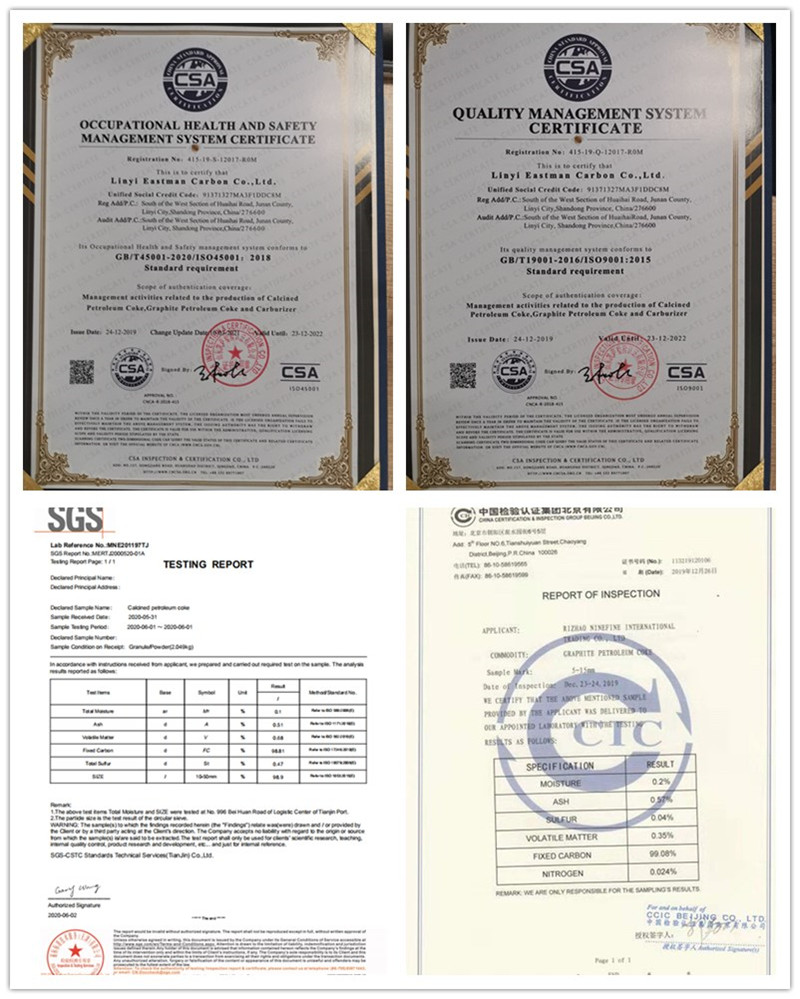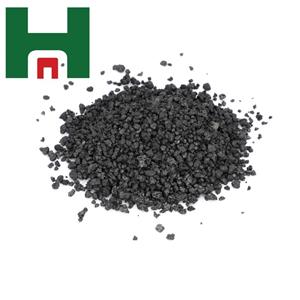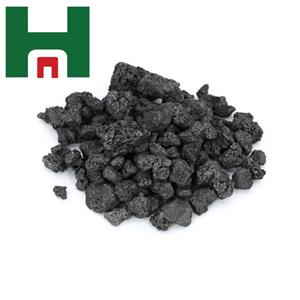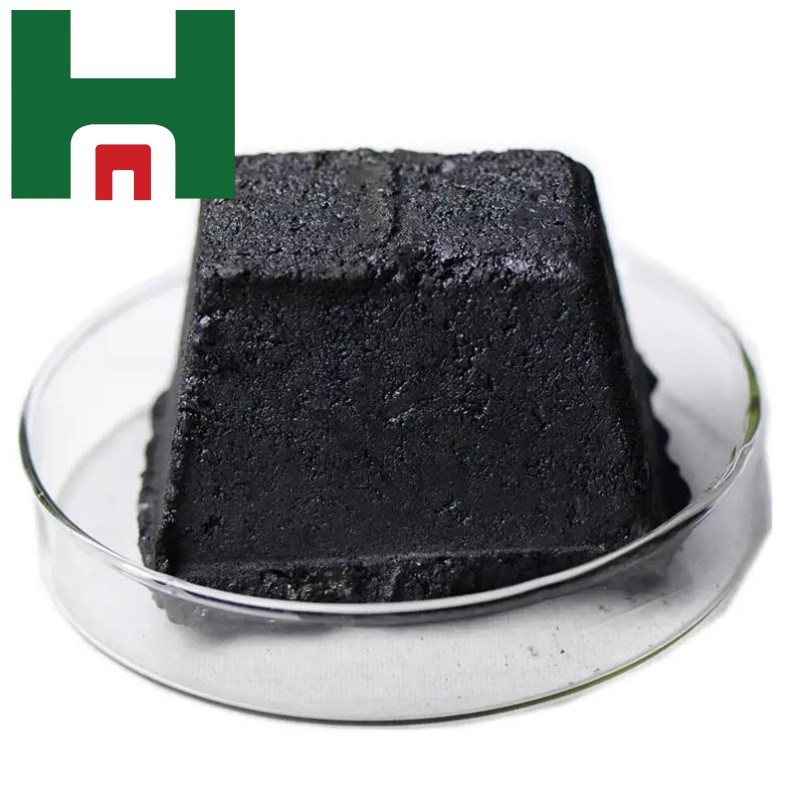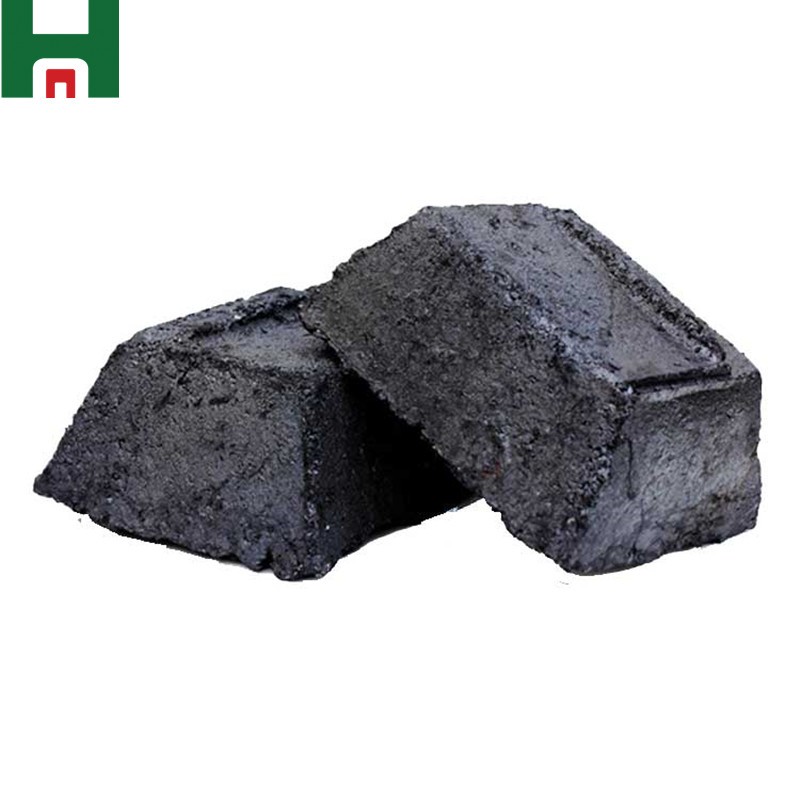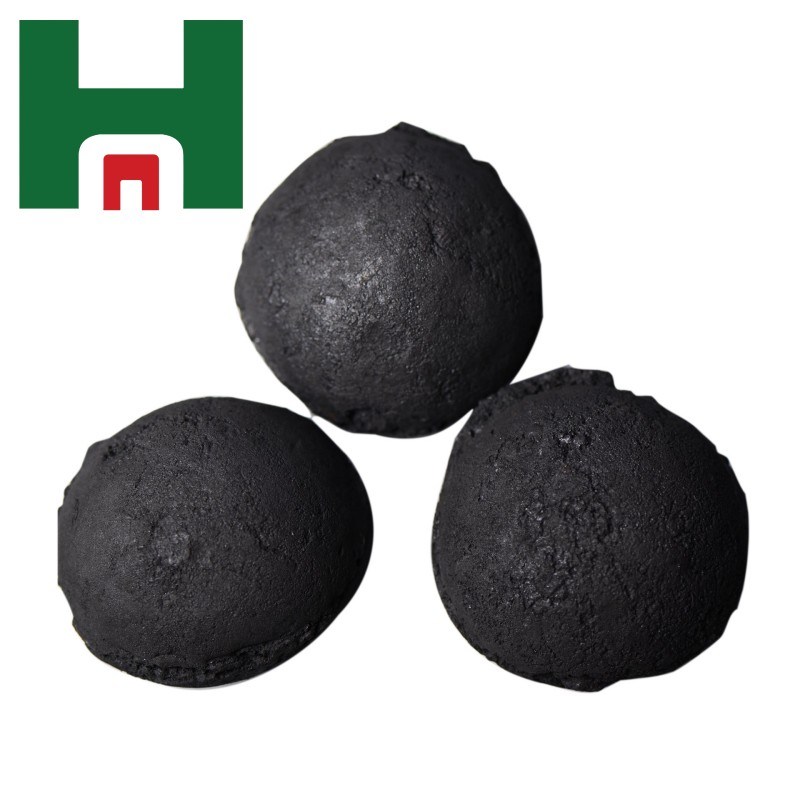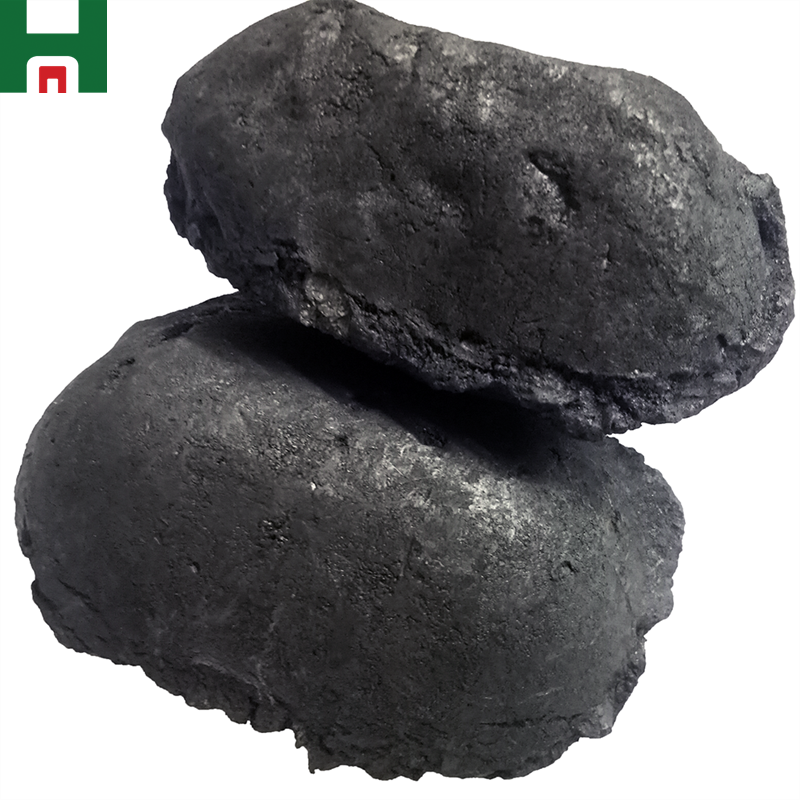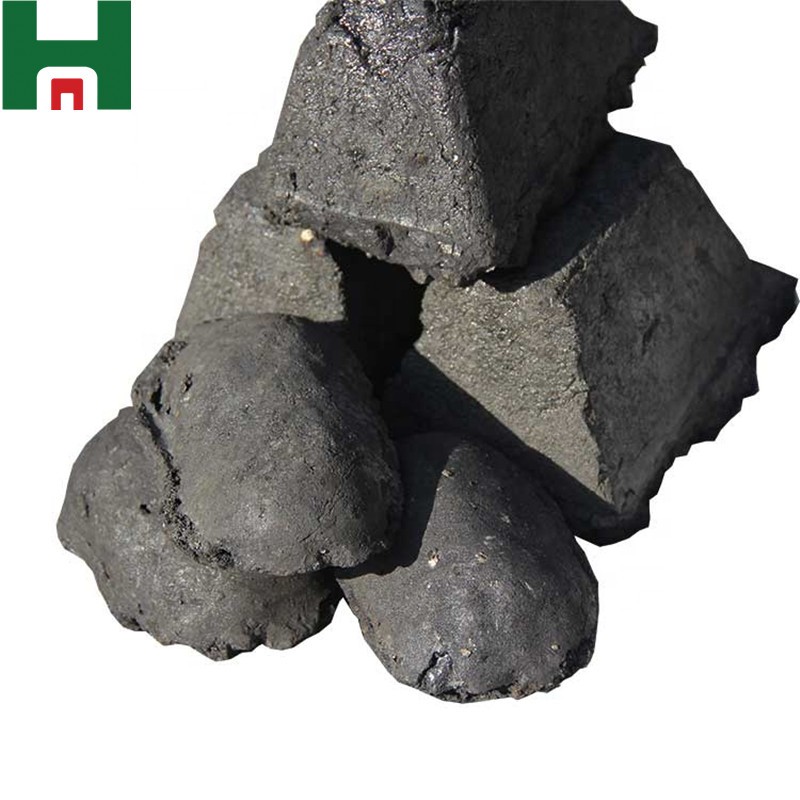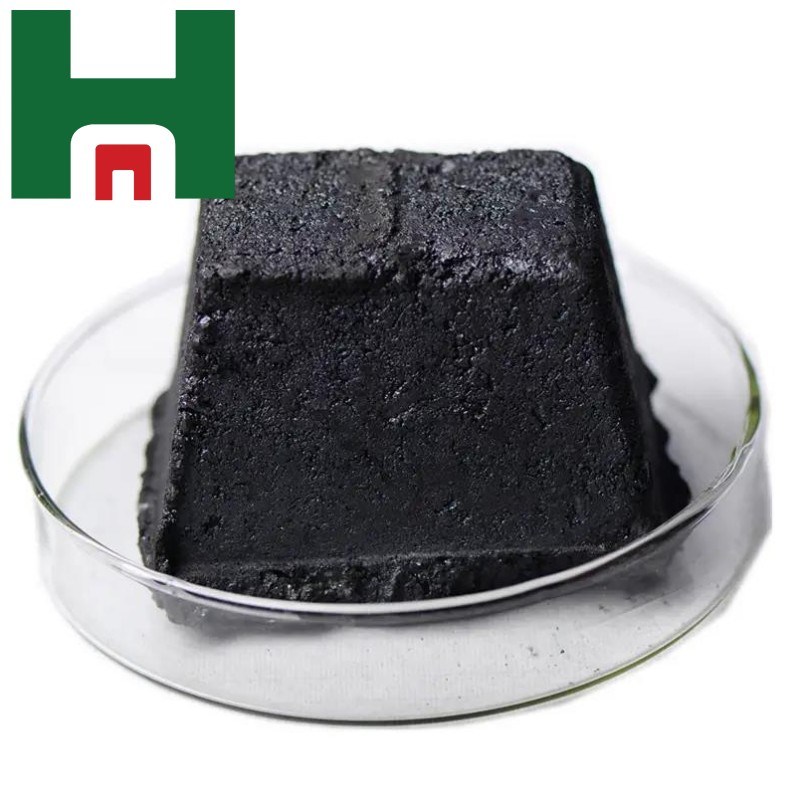
Hengqiao Soderberg Graphite Carbon Electrode Paste for Calcium Carbide Furnace
Brand HQ
Product origin Shandong
Delivery time 7-15 days
Supply capacity 150,000tons
Popularly known as Electrode Carbon Paste ( EC Paste ) is a Soderberg Paste produced by mixing a specific fraction of CPC and Electrically Anthracite Coal (ECA) and then impregnating the same with selective Coal Tar Pitch Binder at a definite temperature
ECP is used in Submerged Arc Furnaces for production of various Ferro Alloys and Calcium Carbide
Product Description
| Item | Electrode Paste | ||
| Si | <0.28% | Fe | <0.25% |
| P | <0.004% | ||
| Ash Content | 2-10% | Resistivity | 55-90 uΩm |
| V.M | 10.0-15.0% | Density | >1.46g/cm3 |
| Compression Strength | >18Mpa | Extensibility | 6-20 |
| Apparent Density | >1.42g/cm3 | Rupture Strength | >4.0 |
| Real Density | >1.98g/cm3 | Fluidity Coefficient | 1.10-2.10 |
The Paste is first fed in the upper part of the electrode. As the paste move downwards in the electrode it softens and melts and takes the form of the electrode casing. The flow of the Carbon Paste is essential for proper operation of the electrode, hence it is important that the Paste flows at a reasonable temperature and fills the casing of the electrode maintaining a consistent mixture of ingredients. The Paste then gets baked into a solid mass as it moves down and becomes capable of passing the required current for the furnace charge. The plasticity is a measure of its flowability which is controlled in a mixer by adjusting the Binder content or percentage of coke fines. The lower baked part of the electrode is the final electrode product. The physical properties of the Paste are of vital importance to ensure proper electrode operation without breakages.
High mechanical strength.
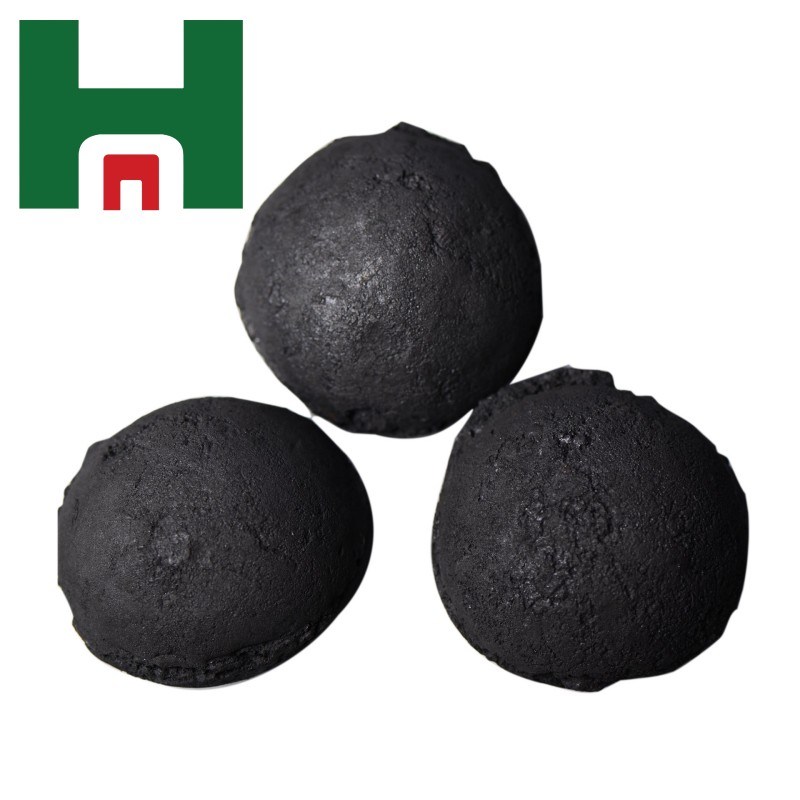
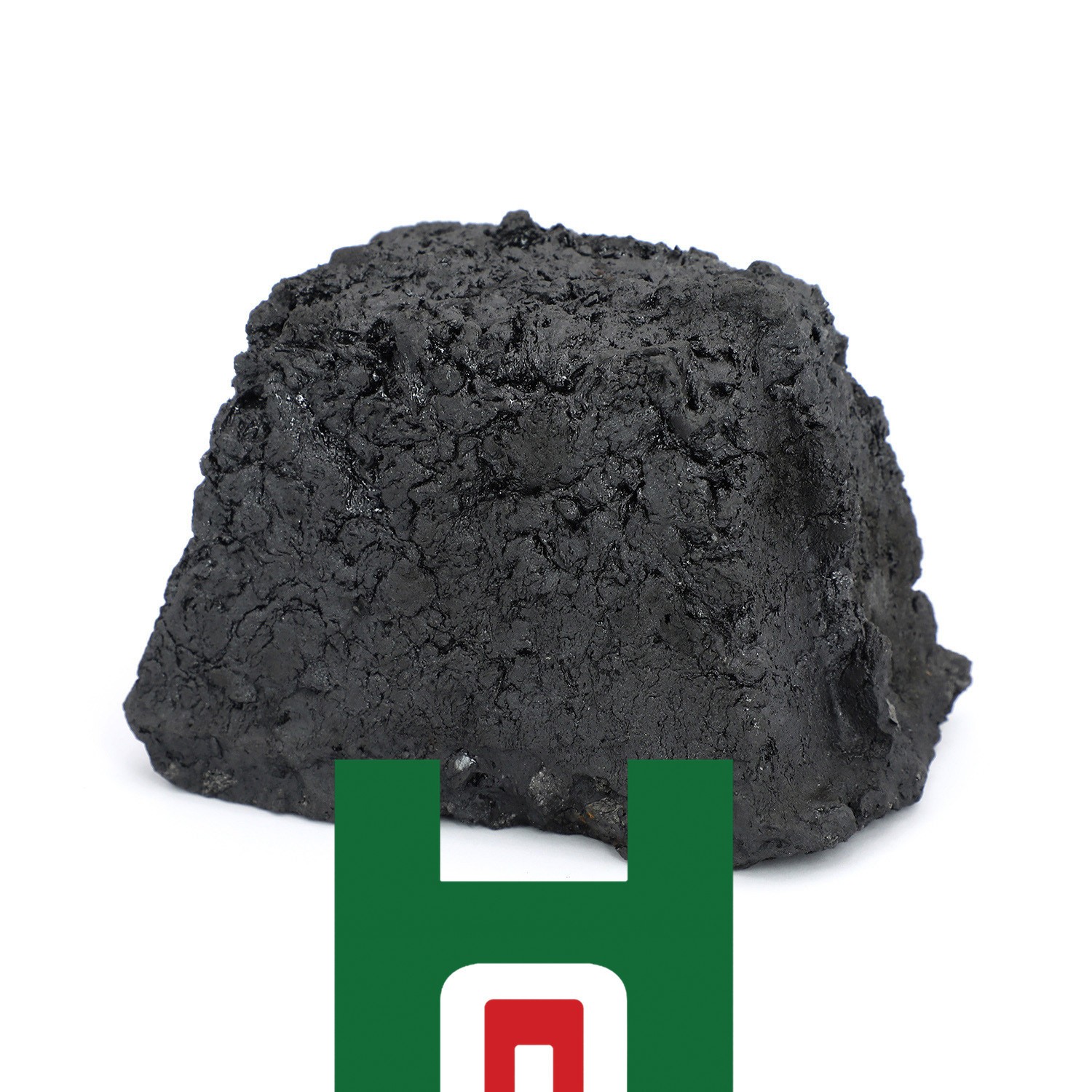
Packaging & Shipping
Packing Details: 25kg small bags or 1mt jumbo bag
Port: Tianjin Port, Qingdao Port
Leading Time: Shipped in 15-30 days after payment
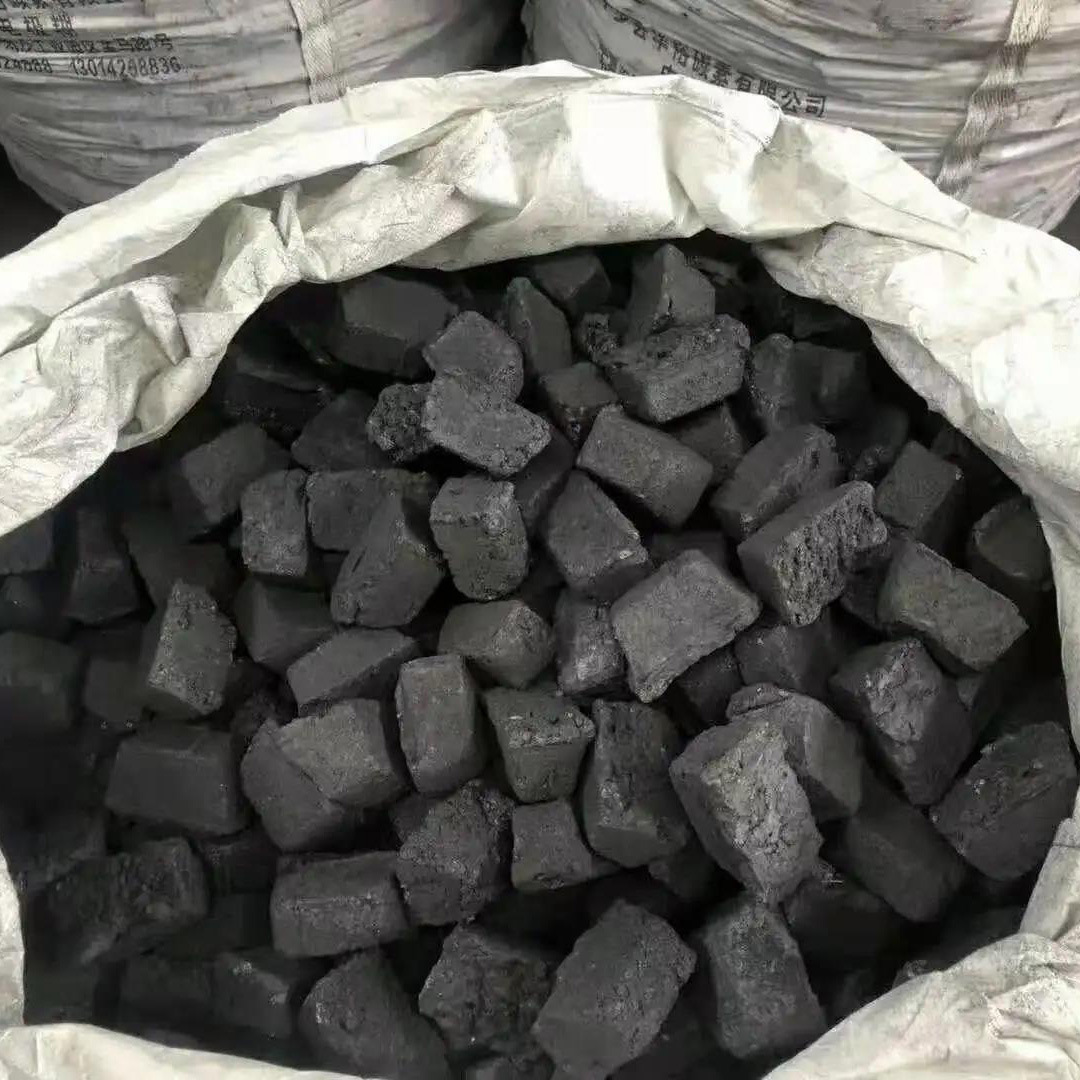
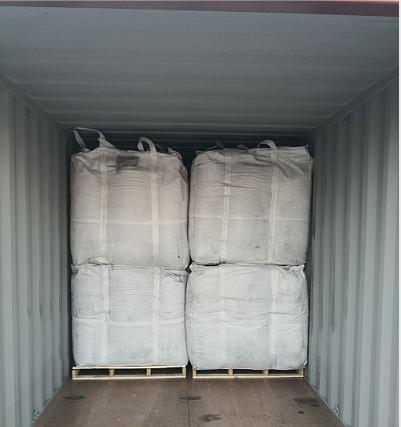
Company Profile
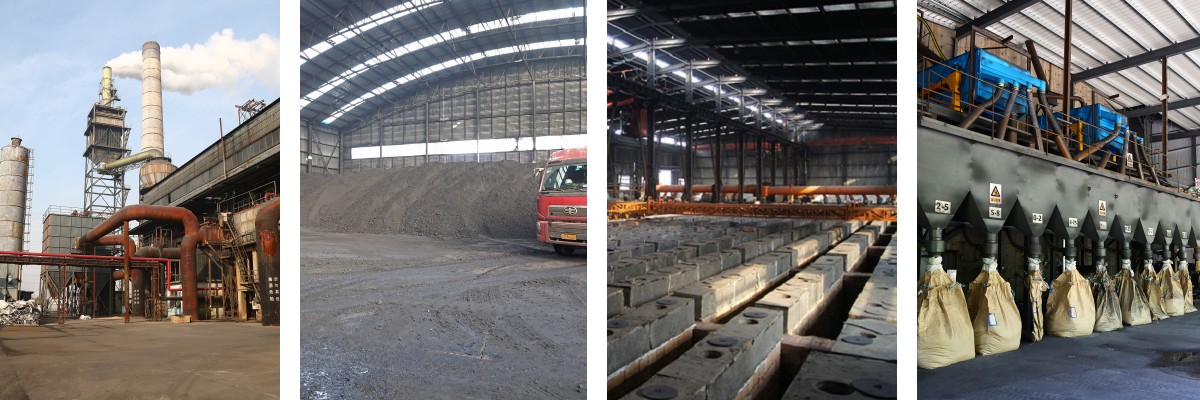
Our company has five major production bases, including Lanzhou in Gansu, Linyi in Shandong, Binhai in Tianjin, Ulanqab in Inner Mongolia, and Binzhou in Shandong. The annual output is 200,000 tons of calcined coke, 150,000 tons of graphitized carburizer, and 20,000 tons of silicon carbide.
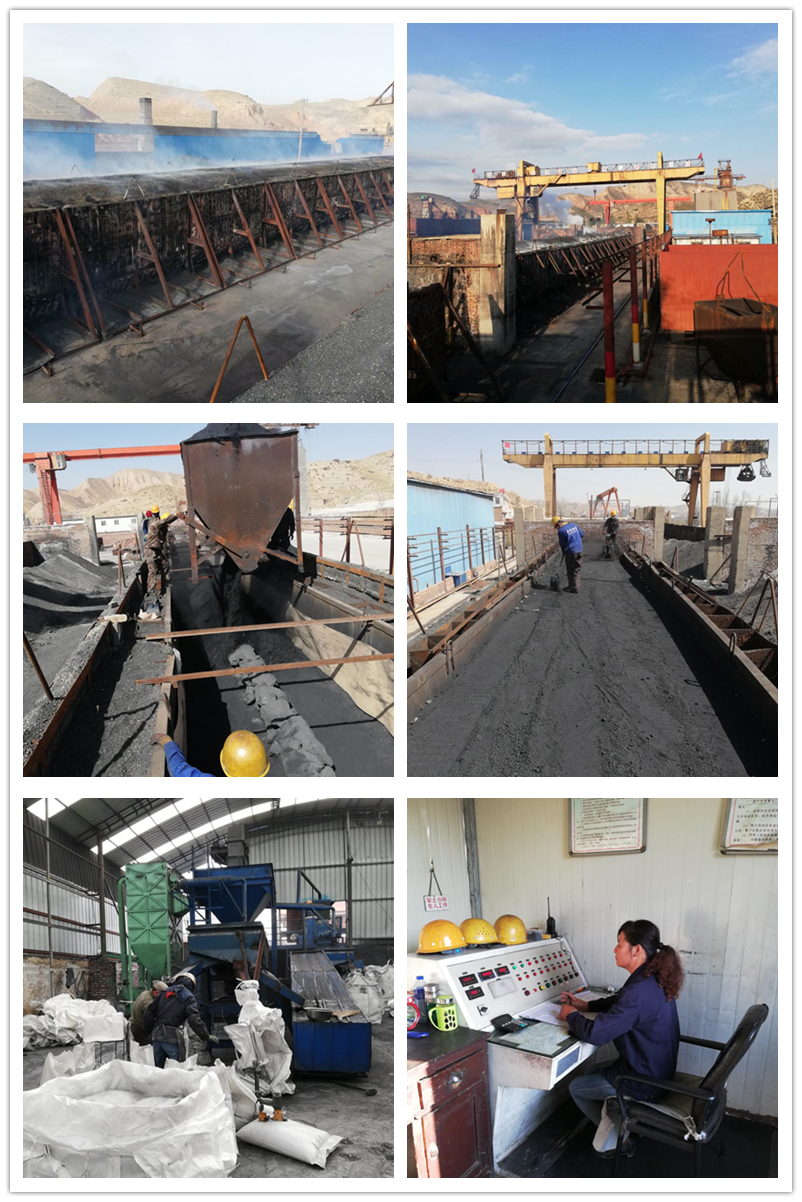
Exhibitions
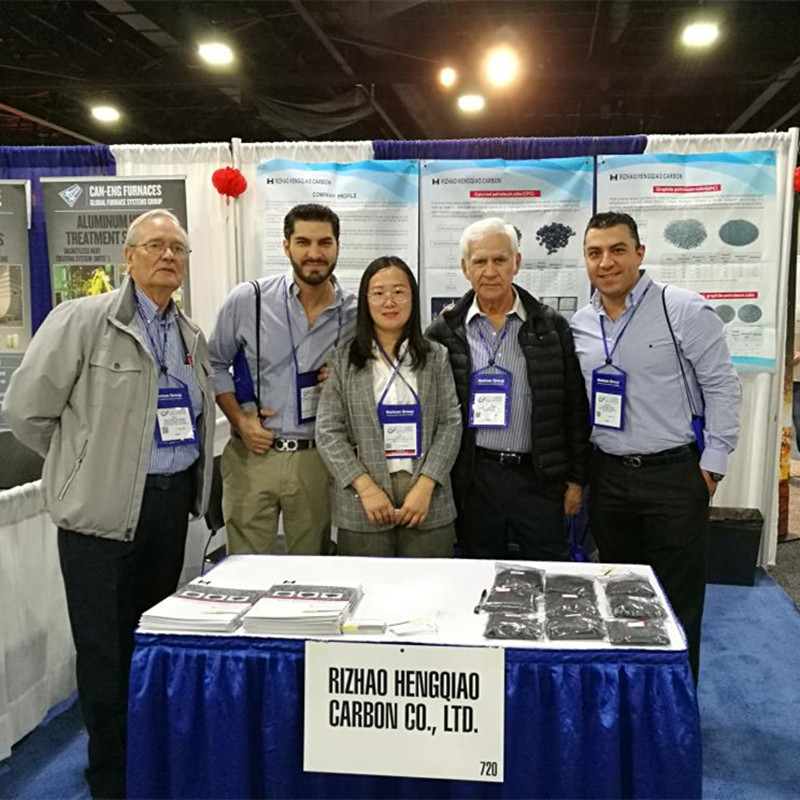
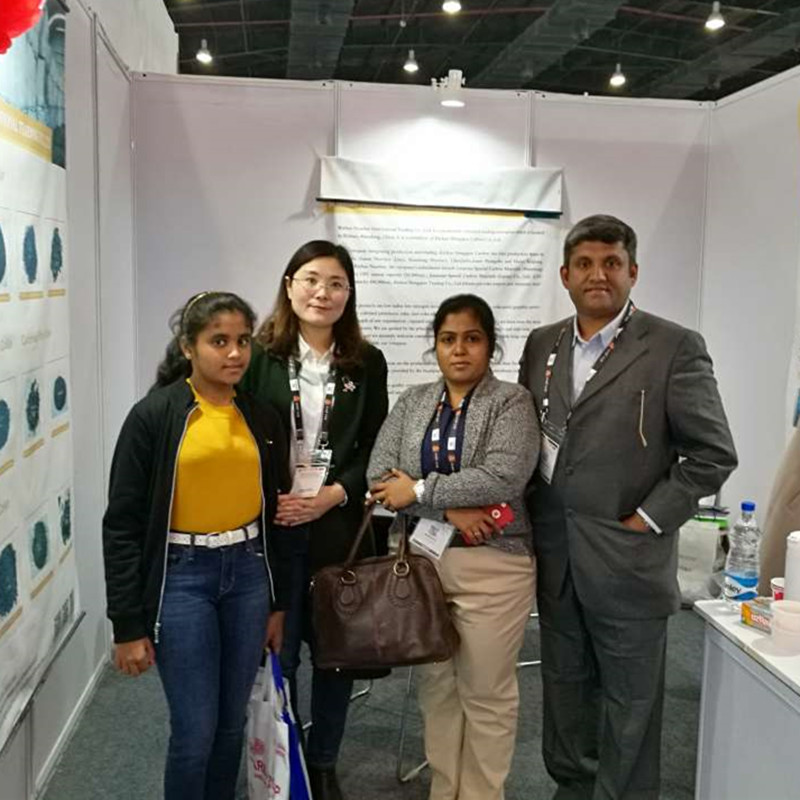


Certifications
